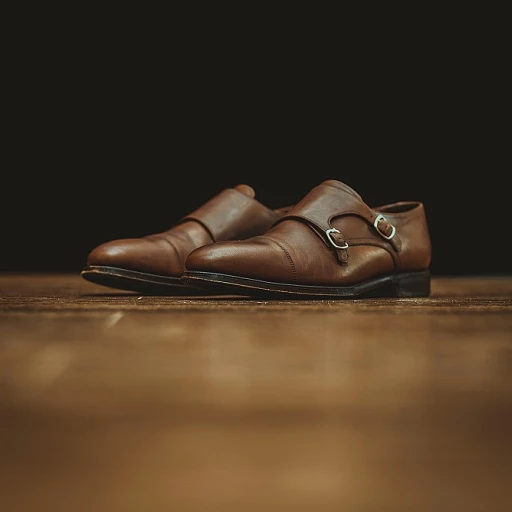
Provenance as a Hallmark of Luxury: Understanding its Impact on Leather Quality
The Essence of Origin in Leather Excellence
When one delves into the nuanced world of luxury leather goods, provenance is not just a term; it's an emblem of unparalleled quality. In the realm of high-end merchandise, the origins of materials significantly influence the tactile and aesthetic attributes, resonating with a narrative that captures consumers' imaginations. According to industry research, over 80% of luxury buyers consider the provenance an integral aspect of their purchasing decision. Such statistics emphasize the undeniable correlation between a region's heritage and the quality it bestows upon its leather commodities.
From Terroir to Texture: The Geographic Signature
The concept of terroir, commonly associated with wine, extends elegantly into the leather industry. Just as the soil, climate, and environment impart unique characteristics to grapes, the same environmental factors affect the growth and texture of animal hides. Tanneries in regions with longstanding traditions, for instance in Italy and France, have honed their skills over centuries, translating into leather goods that are not just accessories but collective artworks. Examples such as the unparalleled suppleness of French calfskin or the robustness of Italian leather narrate a tale of regional mastery. It's a testament to the meticulous care from the pasture to the final stitch that discerning customers seek.
Crafting an Illustrious Heritage
For luxury connoisseurs, the allure of historic branding is irrefutable. The narrative woven around the leather's origin magnifies its allure and is a testament to authenticity—one of the foremost pillars of luxury branding. It is no wonder that renowned brands meticulously narrate the story of their materials' provenance, knowing that it can augment the perceived value significantly. The integration of heritage in branding is eloquently expressed by spokespersons of prominent luxury houses, who often state, "Our leather's provenance is not just a place; it's the soul of our brand." Such quotes bind the consumer experience with the locale’s esteemed legacy.
Learn more about the storied history of these prestigious materials in our featured article on the Evolution of Exotic Leathers.
Traceability: The New Seal of Elegance
The modern customer's awareness has induced a transparency revolution in the industry, where traceability is as much a luxury indicator as the material itself. Traceability systems assure customers of authentic sourcing and ethical practices, essentially becoming a new 'seal' of elegance. According to a recent market analysis, 70% of consumers are willing to pay a premium for products that offer complete supply chain transparency. This movement not only fortifies the value proposition of luxury brands but also promotes the sustainability of leather production, intertwining ethics with exclusivity.
Regions of Renown: How Geography Shapes Leather Excellence
Exploring the Craftsmanship of World-Famous Leather Regions
The reputation of luxury leather goods often hinges on the geography from which their materials originate. Italian leather, for instance, is synonymous with excellence, attributed to centuries-old tanning techniques and a reputation for exquisite craftsmanship. According to a market analysis by Bain & Company, ‘Made in Italy’ is more than a label; it's a brand on its own, contributing to an industry worth over €83 billion. Identifying the tanneries and regions renowned for producing superior leather can greatly enhance a brand's standing in the luxury market.
The Terroir of Leather: A Sensorial Journey Through Cultures
Like the terroir impact on the quality of wine, the environmental factors and artisanal heritage that define a region contribute to the leather’s unique characteristics. French leather goods are prized for their balance of suppleness and durability, a result of the climate and feeding patterns of local livestock. An article in Le Monde highlights how luxury brands capitalize on the appeal of French terroir to elevate their products and justify premium pricing, pairing tradition with exclusivity.
Sustaining the Legacy of Leather Mastery
Preservation of these geographically rooted skills is vital, as skilled artisans are the cornerstone of luxury leather goods’ value. For example, the Spanish region of Ubrique is revered for its leather artisans, and brands like Loewe have been closely associated with the area’s expertise. Brand collaborations with local artisans not only ensure the continuation of traditional methods but have also been shown to increase consumer interest, as noted by a study in the Journal of Marketing, revealing that consumers are willing to pay up to 20% more for products with artisanal provenance.
Authenticity as Currency: Leveraging Provenance for Brand Prestige
Monetizing Authenticity: The Power of Provenance in Brand Positioning
In the echelons of luxury leather goods, authenticity is not just a trait; it's the currency that builds brand prestige. According to a report by Bain & Company, a staggering 92% of consumers cite authenticity as a key factor in their purchasing decisions. By strategically leveraging the provenance of their products, luxury brands harness a narrative that resonates with their discerning clientele. Take, for example, the Hermès Birkin bag, which anchors its desirability in its French origin and unparalleled craftsmanship, leading to its appreciation in value over the years.
Exclusivity Through Origin: Crafting a Narrative of Luxury Affiliation
Leather: The New Canvas - Exploring Artistry on Luxury Leather Goods
Luxury brands like Louis Vuitton and Gucci have long understood the value of origin as a marker of exclusivity. These brands have woven their provenance into a storyline that is inseparable from their identity, thus fortifying their position as a leader within the luxury market. Statistics show that such origin-based narratives can enhance consumer perception of quality by up to 80%, proving the efficacy of this strategy.
Integrating Provenance into Storytelling: A Marketing Imperative
The art of storytelling in the luxury leather sector is critical, with the tale of provenance taking center stage. When a brand shares the journey of its leather goods, from the Italian tanneries to the meticulous hands of artisans, it creates an emotional connection. "The legend behind the leather" is more than just a marketing slogan; it's a tactic supported by consumer psychology, leading to a deeper brand affiliation. Incorporating the element of provenance into a brand's ethos is not optional; it's a strategic imperative.
Fighting Counterfeits: Provenance as a Shield
The luxury leather industry is constantly battling counterfeit products, which dilute brand equity and deceive consumers. Provenance becomes a shield in this fight, as it stands as proof of authenticity. When brands can demonstrate the unique journey of their products, backed by traceable and transparent processes, they not only affirm their authenticity but also enhance consumer trust. In a market where counterfeits are rampant, having a verifiable provenance can be the deciding factor that upholds a brand's integrity.
Capitalizing on Provenance in the Digital Age
In the digital era, luxury brands face the challenge of communicating provenance both offline and online. Digital storytelling through sophisticated content marketing on platforms like Instagram and a brand's own website plays a crucial role. By showcasing the origin and craftsmanship digitally, brands provide a window into the soul of their luxury leather goods, attracting a global audience seeking transparency and authenticity. The marriage of digital marketing and provenance storytelling is a contemporary solution that bridges the physical and digital realms of luxury branding.
Contemporary Challenges and Solutions in Upholding Provenance Integrity
Mitigating Modern Issues in Provenance Assurance
While provenance serves as a distinguishing feature for luxury leather goods, maintaining its integrity in the global market presents contemporary challenges. With an ever-increasing demand for transparency, the provenance of luxury leather goods has come under scrutiny. Statistics from a recent market analysis indicate that over 70% of consumers are willing to pay a premium for products with guaranteed authenticity and clear origin (Source: Luxury Goods Market Analysis, 2021). To address these concerns, brands are investing in innovative solutions, such as blockchain technology, which provides a tamper-proof ledger of a product's journey from farm to showroom.
Technological Innovations in Provenance Tracking
Emerging technologies play a pivotal role in enhancing provenance verification. For instance, RFID (Radio-Frequency Identification) tags and NFC (Near Field Communication) chips are being embedded in luxury leather items, offering consumers instant access to the item's history with a simple tap on their smartphones. A study by the Luxury Institute reported that the adoption of such technologies could reduce the market of counterfeit goods by up to 30% (Luxury Institute, 2020).
Sustainable Practices and Provenance Perception
Furthermore, sustainability has become intertwined with the concept of provenance. Customers increasingly associate ethical sourcing and eco-friendly production processes with the overall value of luxury leather goods. A report by Nielsen disclosed that 65% of high-income shoppers prefer products that are environmentally responsible (Nielsen Sustainable Shoppers Report, 2019). Luxury brands are responding by adopting greener practices and openly sharing these efforts as part of their product's storied provenance.
Collaborations for Greater Provenance Clarity
Collaboration among leather goods manufacturers, tanneries, and local artisans is also vital for maintaining provenance integrity. These alliances ensure that the art of leather crafting is preserved, and that the narrative of the region's heritage is vividly reflected in the final product. Successful partnerships can be seen in regions such as Tuscany, where local craftsmen work in concert with global luxury brands to produce items whose origins are as celebrated as their design and craftsmanship.
Conclusion
Preserving the provenance of luxury leather goods amidst the changing landscape of consumer demands and technological advancements is both a challenge and an opportunity. By embedding authentic narratives, indulging in technological aid, advocating for sustainability, and fostering industry collaborations, luxury leather brands can secure the value of their provenance. They must continuously adapt to ensure that the stories behind their products remain not only convincing but also invaluable to the discerning consumer.
-large-full.webp)
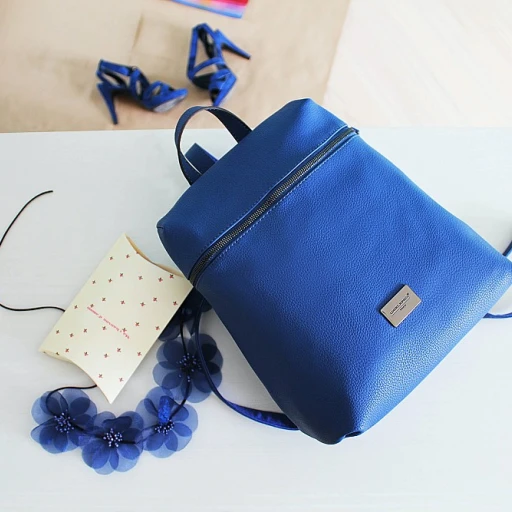
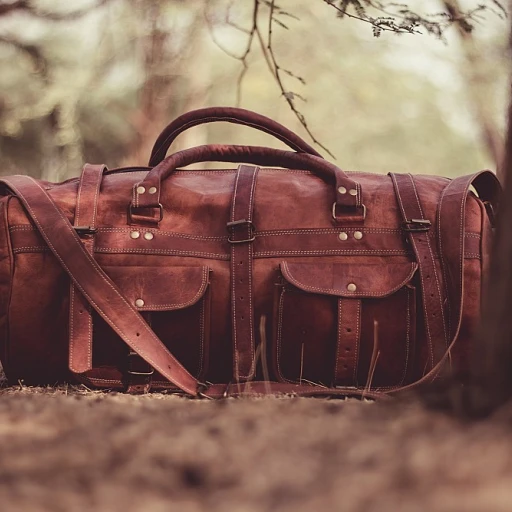
-large-teaser.webp)
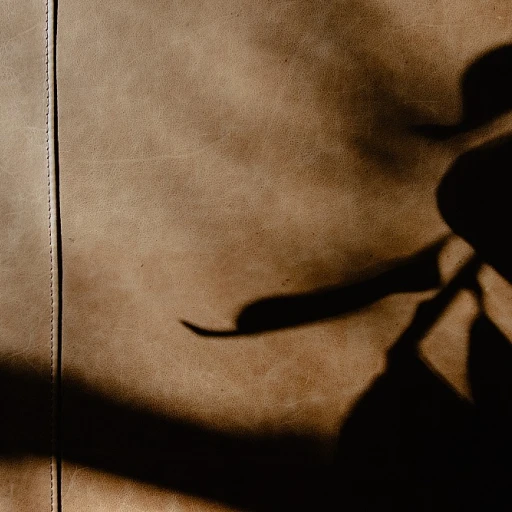
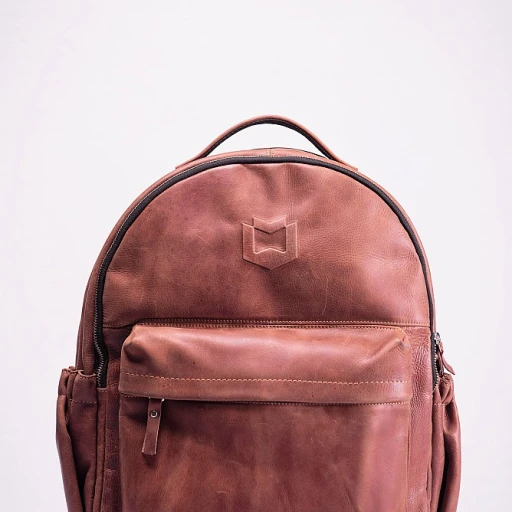
-large-teaser.webp)
-large-teaser.webp)
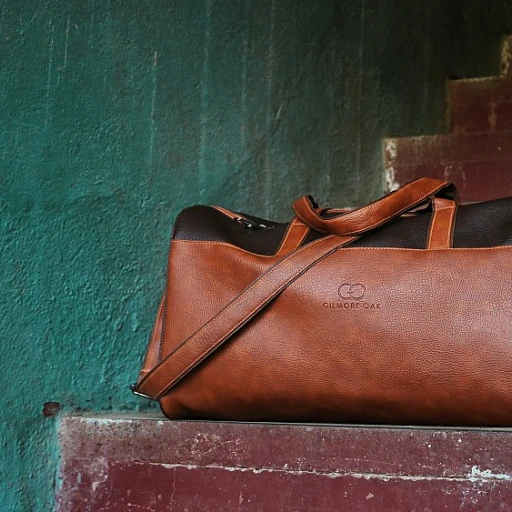
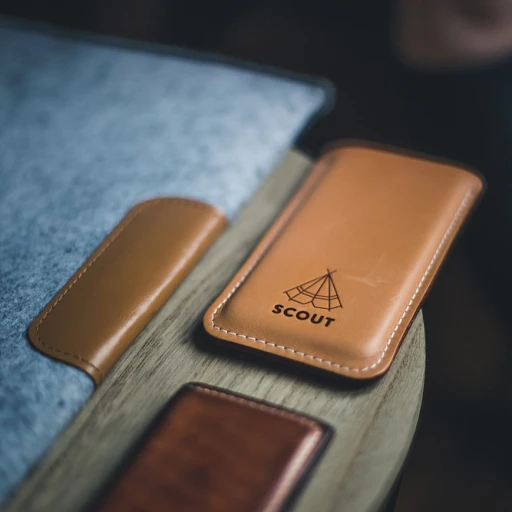
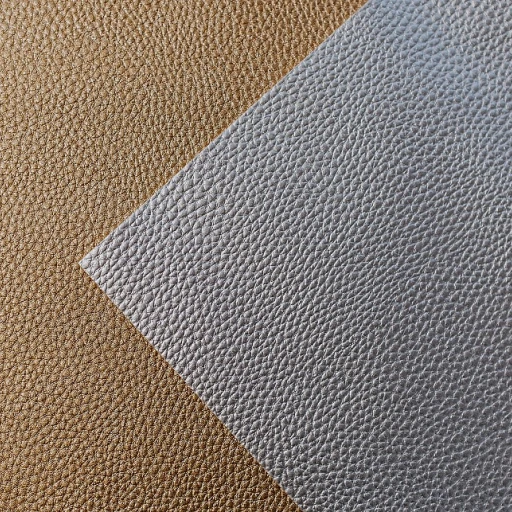
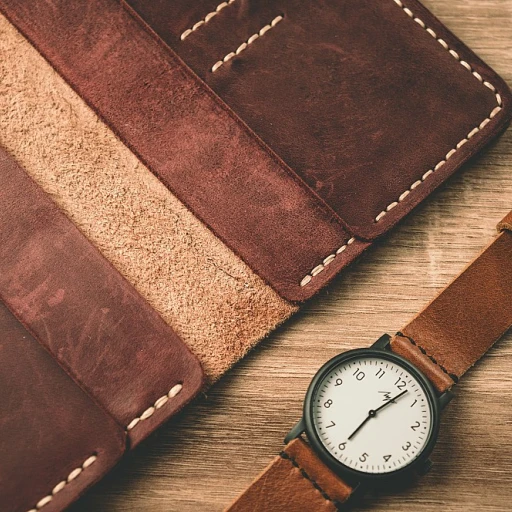
-large-teaser.webp)